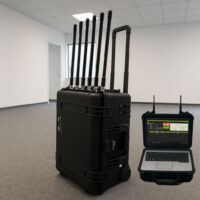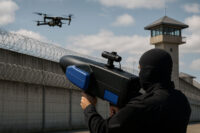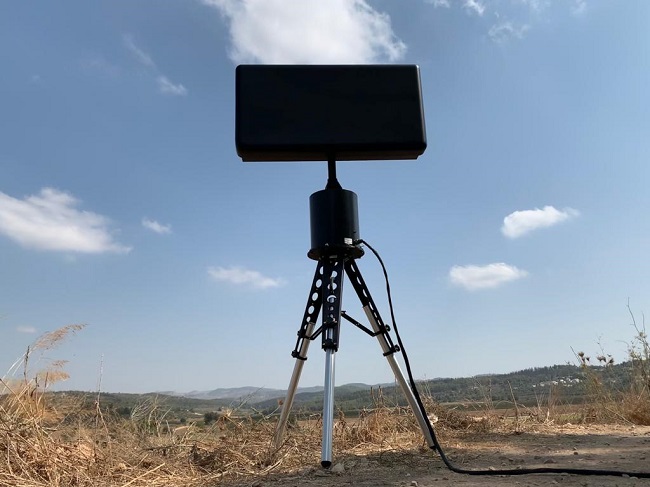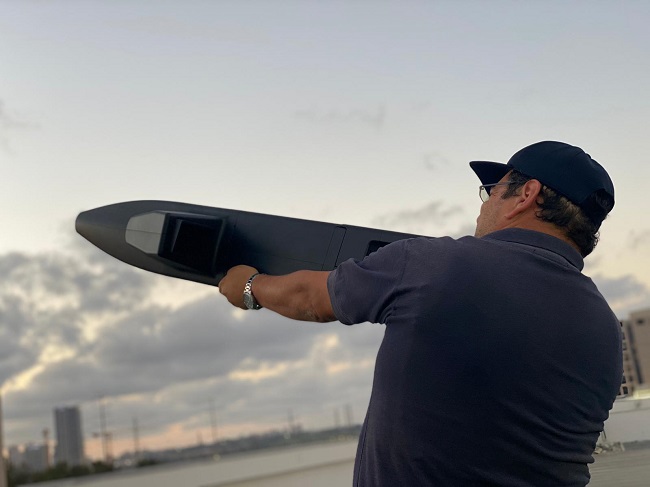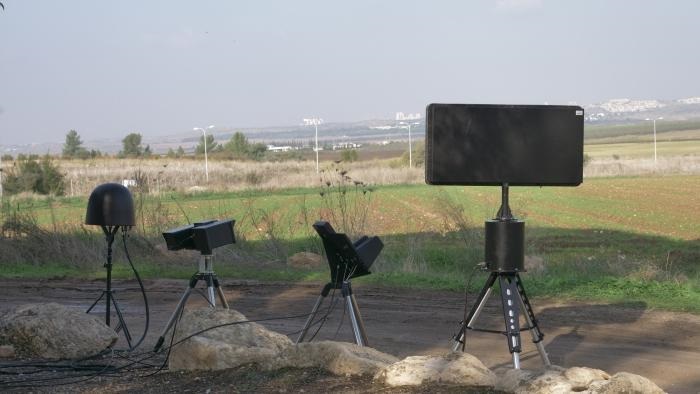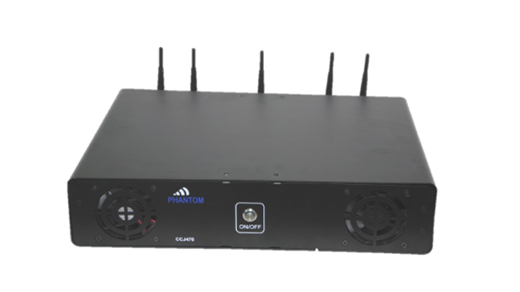Need help? Contact Us
INNER PAGE
Control the skies by jamming satellite communications
Is It Possible to Stop a Bomber Drone?
As the name implies, a bombing drone is an unmanned aerial vehicle (UAV) that may be used for drone strikes. They fall under a bigger subset of combat drones that serve target acquisition, surveillance, reconnaissance, and intelligence gathering purposes.
Though they are unmanned, bomber drones are never purely automated. Instead, humans tend to be controlling them in real-time from a remote location.
Of course, this means that there is immense weight reduction when compared to typical aircraft since all the necessities a human pilot would have been a non-factor here.
Below is a brief look at the concept of stealth bombers and how disabling these units works.
The Stealth Bomber Drone Detection Myth
In a perfect world, bomber drones would embody the true definition of stealth. As you can imagine, this means completely avoiding detection by targets. A potential compromise can spell an unsuccessful end to a mission in progress.
A great example of such a compromise is the US Air Force’s RQ-170. Back in December 2011, one of these models had crashed on the Iran-Afghanistan border. Of course, the Iranians wasted no time in scooping up the wreckage and getting to work on engineering their version of the technology.
Not only were they able to produce copies, but they were also able to improve on the design. That’s the reason the RQ-180 exists today. These models are intended to be stealth spy drones, but what does stealth mean in this case?
Most people equate drone stealth to its ability to avoid radar detection. Though satellites have pretty much total visibility, there is no flexibility in the way they operate, which partially contributes to detection avoidance built into some designs.
Radar technology operation is quite simple. You can think of it as a signal that bounces off aircraft, indicating its position and providing tracking capability.
However, this becomes way more difficult with drones that feature a smaller footprint, hence the idea of their being stealthy.
The problem with this myth is that it doesn’t factor radio frequencies into the equation. Certainly, autonomous control requires a level of frequency-based communication, which, if pin down, can be jammed with the appropriate technology at hand.
Nevertheless, doing so does present an increased level of difficulty when compared to simply using radar identification for drone detection.



